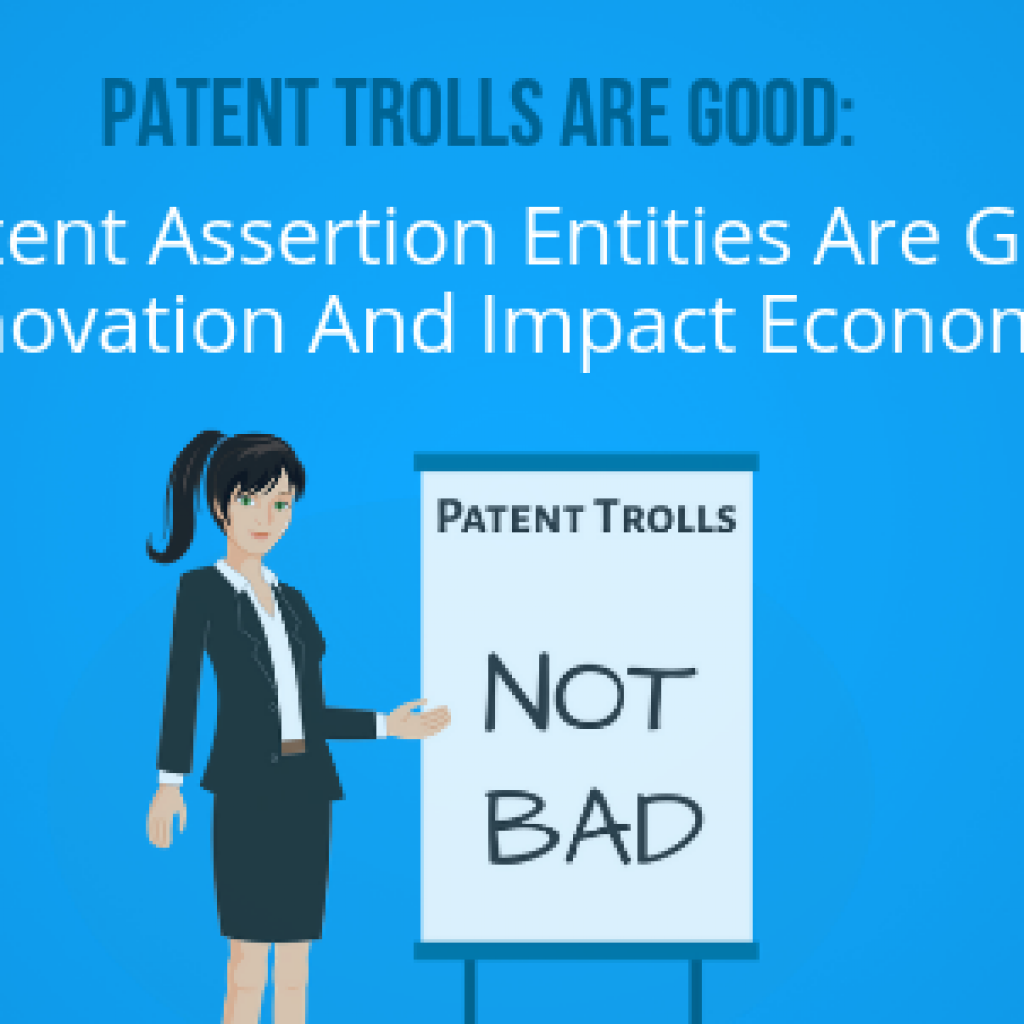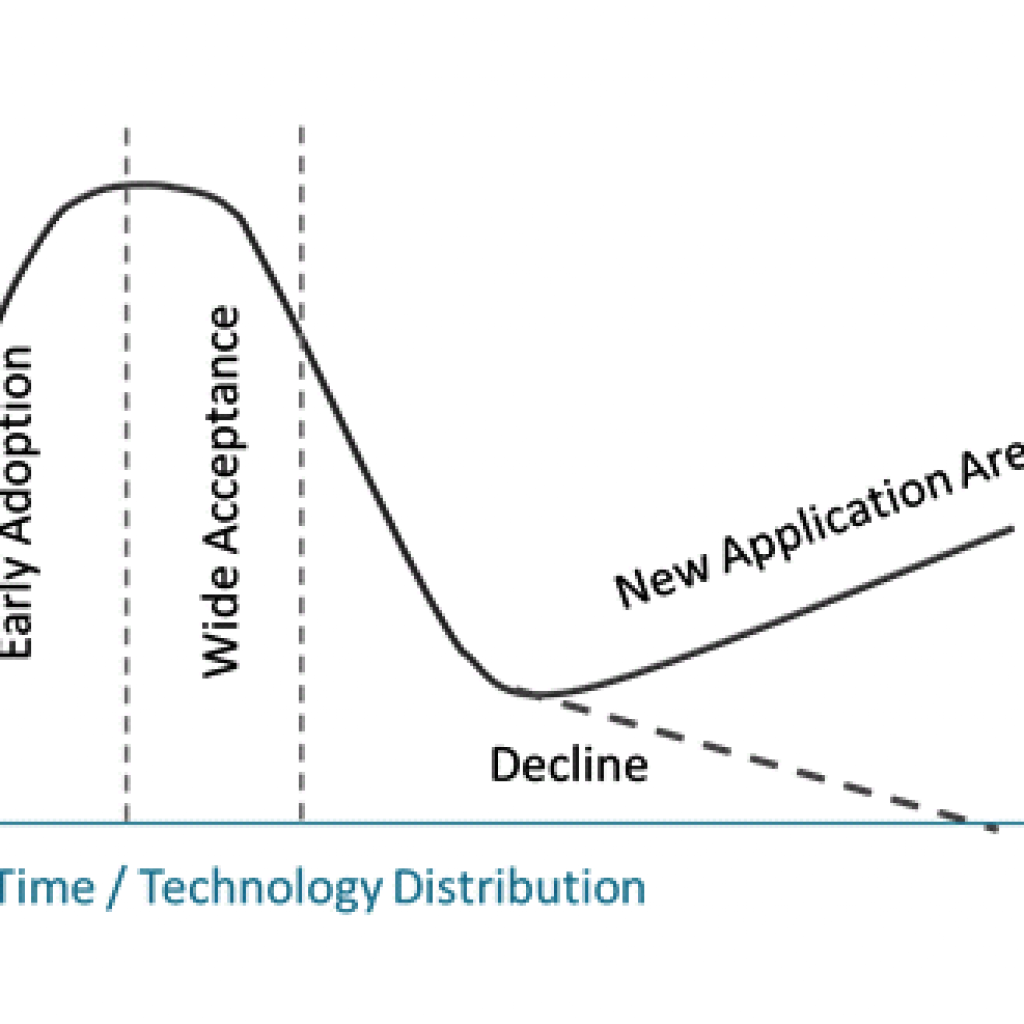We received a freedom-to-operate search from John, a decade-old client of ours. We share a pleasant relationship where we could discuss our concerns and requirements straight away.
John was handling the freedom to operate (FTO) project for one of his clients for the very first time. One thing we sensed that John wanted to give a great first impression to his client and we began the project to help John achieve the objective. The project went smoothly and we shared a successful output with John.
However, a week later, John sent an email that kind of astonished me. He wanted to know the reason why we had shared expired patents and recently granted patents from other jurisdictions in our search output. He had not asked for them. It came out from further discussions that he wanted the analysis to cover only the patents that matter i.e., alive patents.
So we decided to share our thoughts with John. If you too feel expired patents and patents granted in other jurisdictions do not deserve a place in FTO reports, your thoughts would change by the end of this article.
5 pointers you can suggest to your search vendor to give your end client an Aha experience
1. Add Expired Patents as they have Multi-fold benefits
Expired patents other than indicating that the technology is free to use, also gives direction to the R&D team to bring improvement/tweaks in the technology. This is rather important when the product/technology is at the nascent stages of development.
In addition, they can be used for invalidating a patent you might be infringing on. One can also use these patents to negotiate for licensing purposes. Hence, including these patents in an FTO analysis can reduce the overall risk and cost associated to overcome that risk.
2. Add Lapsed Patents – Patent which never actually expired
One of the most important factors is that a patent expired due to reasons other than term expiration, can be revoked any time later. Knowing about all these patents beforehand can definitely help you stay cautious.
What kind of patents could be revived? You ask.
This is going to get a hell lot interesting.
A lot of lapsed patents can be revived within the additional six month period for fee submission. A few might get beyond that too. In those cases, there can be two grounds for the revival of a patent – ‘unintentional’ and ‘unavoidable’.
After the passing of the Patent Law Treaties Implementation Act of 2012, there is no time limit after which a patent can be revived. Thus, to conclude, you can expect an expired patent to get alive at any time!
3. Add Alive Child
Most of the time, searches are performed considering one member per INPADOC family. Be careful here – as, in FTOs, this can backfire. It might be possible that a child of some expired patent is still alive (in case of CIP or divisional applications).
Hence, if the relevant patents are expired, it is good to shortlist them and later check about their family whether any one of them is alive.
Also, it is a good idea to suggest your search vendor to not collapse the search results by INPADOC families and consider each member as an independent patent.
4. Add Term extension
This is an important factor that you must share with your search vendor. Your vendor should take care of patent term extension while performing an FTO search. While we only restrict to using dates [considering 20 years life term for a patent], term extensions for some patents might lead to missing some of the relevant patents from analysis – which might hurt later.
Want to hear some interesting stats?
72% of the issued patents include at least some 154(b) extended patent term. Among those with an extended term, the average extension is 392 days. A few patents from the group have very long extensions that approach five years.
Thus, these 392 days should be accounted for in our analysis somehow. One easy way that might directly cross the mind here is to run a couple of targeted strings for a span of one year before the 20-year-date, keeping the other restriction to be alive patents.
5. Suggest your search vendor consider recently granted patents in other Jurisdictions
Let us suppose you need an FTO analysis in the US jurisdiction and your search vendor included a foreign patent that recently got granted, let’s say an EP patent.
Now, considering the aggressive nature of patent filers, the assignee tries to cover the patented invention in multiple jurisdictions. So, there is a good possibility that if the assignee files a patent in EP jurisdiction, they can later go for filing in a US jurisdiction. Now, in those cases, such patents are definitely a threat.
Do we have a solution for this?
Luckily, yes. Ever heard of recurring FTO? Answers to a lot more of your questions might also be lying here (just follow the link) – https://www.greyb.com/recurring-fto-vs-one-time-fto-go/.
Once we had these discussions with John, he was so full of new insights – it reflected in his feedback for us –
I really like your approach here. You actually work to serve the ultimate objective (i.e., looking for freedom to launch a product) and do not perform just a normal patent analysis.
These words I tell you. These are the things that keep motivating us every now and then. And our hunger – just doesn’t go away.
Authored by: Ankush Sharma, Senior Research Analyst and Nikhil Gupta, Manager, Search Team.










